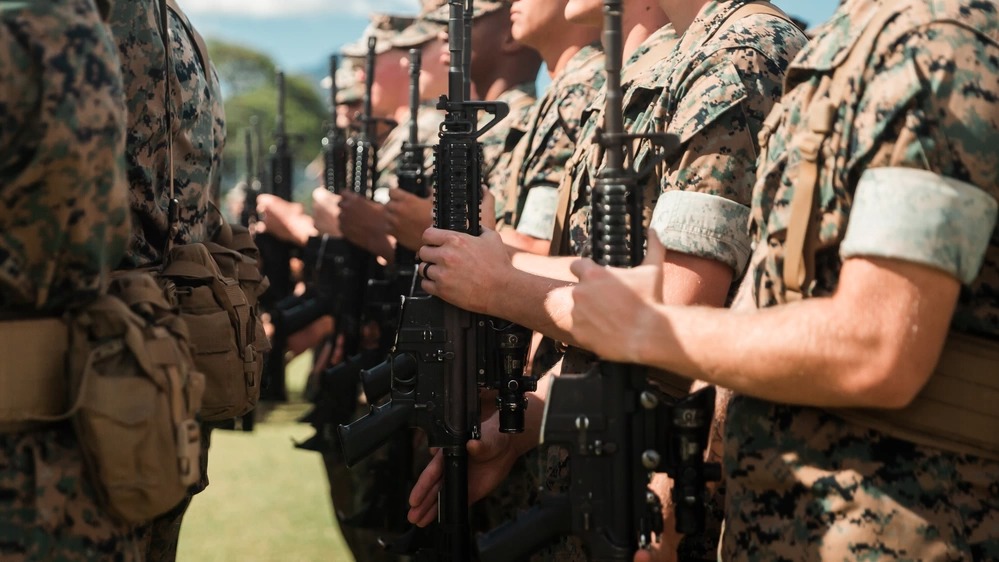
ARLINGTON, Va. — Now that the first Marine Littoral Regiment has been created, U.S. Marine Corps leaders say they’re experimenting to determine how best to equip the pioneering unit as the forward-based eyes and ears of the fleet inside a contested maritime environment.
The 3rd Marine Regiment was redesignated the 3rd Marine Littoral Regiment (MLR) in a March 3, 2022 ceremony at Marine Corps Base Hawaii, where the new regiment will continue to be headquartered. The first of three planned littoral regiments for the Indo-Pacific region, the 3rd MLR is a key part of the Marines’ ambitious force redesign to contend with near-peer militaries like China and Russia.
”We have not only built the organization, now we are equipping it, experimenting and doing the testing and evaluation with those concepts we’ve come up with,” Marine Corps Col. Lance Lewis told the National Defense Industrial Association (NDIA) Expeditionary Warfare Conference Feb. 22. ”We’re definitely on the right track when it comes with MLRs,” added Lewis, the Assistant Vice Chief of Naval Research at the Office of Naval Research (ONR), ”That is how we are going to enable the Stand-In Force.”
The Marines’ evolving Expeditionary Advanced Base Operations concept envisions littoral operations by specialized mobile, low signature units within larger distributed maritime operations areas. Plans call for the MLRs to be organized, trained and equipped to support sea control and sea denial operations as part of a larger naval expeditionary force integrated with the joint force and allied and partnered forces.
Currently the MLRs are divided into three elements: a littoral combat team made up of a one infantry battalion equipped with a ship-killing missile battery, an anti-aircraft battalion, and a combat logistics battalion. All three elements were dispersed over three separate islands in their debut inclusion in RIMPAC 22 , the huge joint multinational maritime exercise in Hawaii. The MLR provided multi-domain awareness to the Combined Task Force, the Combined Force Maritime Component Command, and the Combined Force Air Component Command.
As the “eyes and ears of the fleet,” Lewis said, ”You need not only to restructure, but how do you maneuver those forces around the battlefield so it’s not a standard set of battalions but a different task organization, and then how do you now equip those forces.”
- Shall We Play a Game? Winning Isn’t the Point, Experts Say - April 5, 2023
- U.S. Goal: Maintaining Extended Presence in Arctic’s Harsh Environment - April 4, 2023
- Joint, Combined Exercise Shows Marine Littoral Regiment Idea is on ”Right Track’ - February 24, 2023






